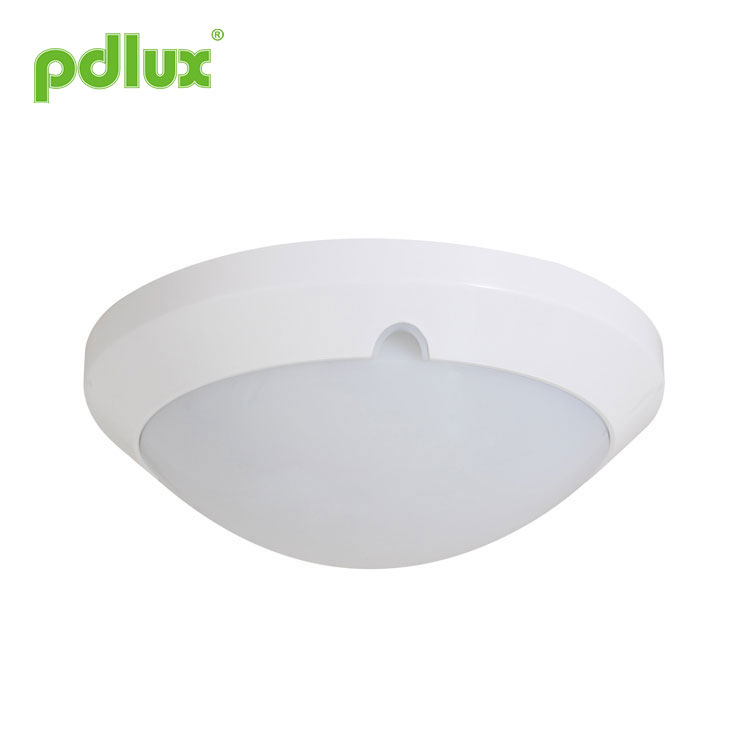Operation of Microwave Sensor Lights
2024-06-21
A microwave sensor light, also known as a microwave motion sensor light, utilizes microwave technology to detect motion and trigger the illumination of an area. These lights are designed for both indoor and outdoor use, offering convenience, energy efficiency, and enhanced security. Here’s an overview of microwave sensor lights, including their operation, features, applications, and benefits:
Operation of Microwave Sensor Lights:
1. Microwave Technology:
- Unlike infrared (PIR) motion sensors that detect heat signatures, microwave sensors emit continuous microwave signals and detect changes in frequency caused by moving objects.
- The sensor measures the reflected signals from the environment and detects motion based on the Doppler effect.
2. Detection Range and Angle:
- Microwave sensors typically have a wider detection range compared to PIR sensors, covering larger areas.
- They can detect motion through obstacles such as glass, wood, and walls, making them suitable for various installation locations.
3. Triggering Mechanism:
- When motion is detected within the sensor's range, it triggers the light fixture to turn on.
- After a preset time without further motion detection (adjustable), the light turns off automatically to save energy.
4. Adjustable Settings:
- Sensitivity and time delay settings can often be adjusted to customize the sensor’s response to motion.
- This flexibility allows for fine-tuning according to specific installation requirements and environmental conditions.
5. Integration with Lighting Fixtures:
- Microwave sensor lights can be integrated into various types of light fixtures, including ceiling lights, wall-mounted lights, floodlights, and outdoor security lights.
- They are compatible with LED, incandescent, and other types of bulbs depending on the fixture design and electrical specifications.
Features of Microwave Sensor Lights:
1. Energy Efficiency:
- Automatically turns on and off based on motion detection, reducing energy consumption compared to lights that stay on continuously.
2. Enhanced Security:
- Provides instant illumination upon detecting motion, enhancing safety and security by deterring intruders or alerting occupants to movement.
3. Weather Resistance:
- Outdoor microwave sensor lights are designed to withstand various weather conditions, typically rated for outdoor use with waterproof and dustproof ratings (IP65 or higher).
4. Long Lifespan:
- LED-compatible sensor lights benefit from the longevity of LED bulbs, reducing maintenance and replacement costs over time.
5. Ease of Installation:
- Many sensor lights are designed for easy installation with standard electrical wiring and mounting hardware included.
- Wireless options are available for flexibility in placement and retrofitting existing lighting setups.
Applications of Microwave Sensor Lights:
1. Outdoor Security Lighting:
- Used for illuminating driveways, pathways, gardens, and perimeters of buildings to enhance nighttime security.
2. Commercial and Industrial Spaces:
- Installed in corridors, warehouses, parking lots, and public facilities to provide energy-efficient lighting and improve safety.
3. Residential Lighting:
- Suitable for outdoor lighting around homes, garages, and backyards for convenience and security.
4. Public Areas:
- Deployed in parks, public buildings, and communal spaces to provide automatic lighting based on occupancy.
5. Specialized Applications:
- Used in smart lighting systems and home automation setups where motion detection triggers specific lighting scenes or routines.
Benefits of Microwave Sensor Lights:
1. Convenience:
- Automatically turns on lights when needed and turns them off when motion is no longer detected, offering hands-free operation.
2. Energy Savings:
- Reduces electricity consumption by ensuring lights are only on when necessary, contributing to lower utility bills.
3. Enhanced Safety and Security:
- Provides instant illumination in response to motion, improving visibility and deterring potential intruders.
4. Adaptability:
- Can be used in various environments and installation scenarios due to their adjustable settings and versatile design.
5. Long-Term Cost Efficiency:
- LED-compatible models and energy-efficient operation contribute to cost savings over the lifespan of the lighting system.
Microwave sensor lights are a practical choice for anyone looking to enhance lighting efficiency, security, and convenience in both residential and commercial settings. Their advanced detection capabilities and energy-saving features make them a valuable addition to modern lighting solutions.



